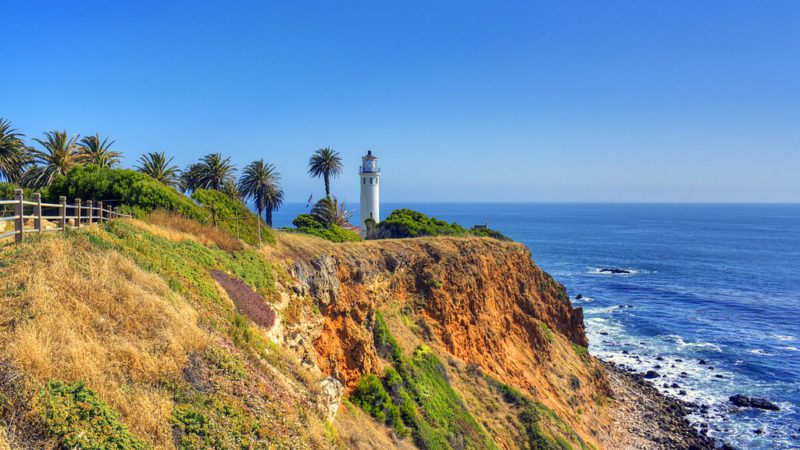
Blog |
How changes in sea level and geography affect genetics of coastal marine life
Sea-level change and the topography of coastlines shapes the evolution of species and biodiversity, according to a study published today in Molecular Ecology.
Researchers including UCLA evolutionary biologist David Jacobs and lead author Greer Dolby, now a postdoctoral researcher at Arizona State University, modeled how western United States and Mexico estuaries—where rivers meet larger bodies of water like the Pacific Ocean—changed over the course of thousands of years.
They found that when sea level goes down as it does when large portions of the planet freeze during ice ages, so does the amount of habitat. Estuaries decrease in number and size and are often located further apart. Populations of species are separated and begin to evolve separately, perhaps adapting to different environments. Over time, that can lead a single species becoming more genetically diverse or even evolving into separate, new, species. (See animation below.)
When sea level rises, isolated species’ habitats reconnect. This was the case with the coastal estuaries since the last ice age. The researchers found that major present-day genetic groups of fish originally came from a few isolated paleo-estuaries.
The rocky, craggy Pacific coast plays a role in the process, too. Points of land jutting out into the ocean, such as Palos Verdes Peninsula and Point Conception in California, act as barriers that prevent estuarine life from migrating and interbreeding, particularly when the sea level is lower. There are also fewer estuaries on cliffy, geologically-young coasts, so there’s less habitat to go around.
The bottom line? The physical earth and the life living on it change together, lead author Dolby said. “The landscape of our planet itself is dynamic and evolving, just like the species we study.”
The study suggests that geography will have a role to play in the future as sea level rises with climate change.
“The position of sea level and how it interacts with the physical coastline has an important influence on evolution,” David Jacobs said. “Where estuaries exist today is not where they were necessarily before, nor where they may be in the future.”
Much of the world’s population lives along coastal areas, and coastal development will profoundly effect this dynamic. Development will not allow expansion of estuaries across urban areas, so the current sea-level rise will have much different consequences than the natural processes studied in this paper.
TOP PHOTO: Point Vicente, Palos Verdes, CA. | Photo by Tony Hoffarth/flickr.com
PRESS CONTACT:
David Colgan
IoES Director of Communications
dcolgan@ioes.ucla.edu
818-203-2858
